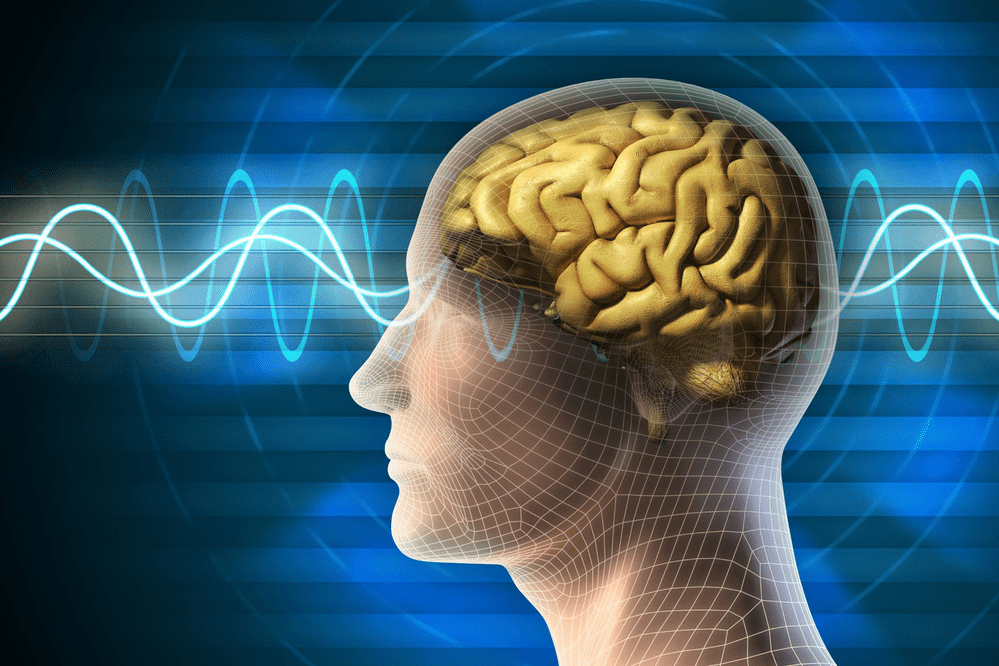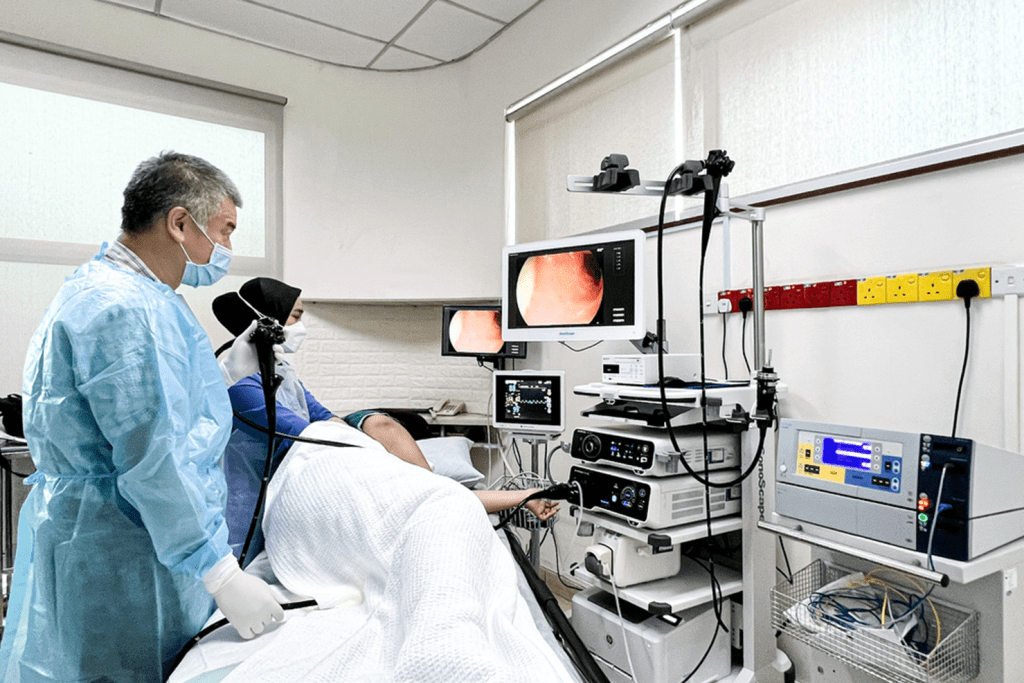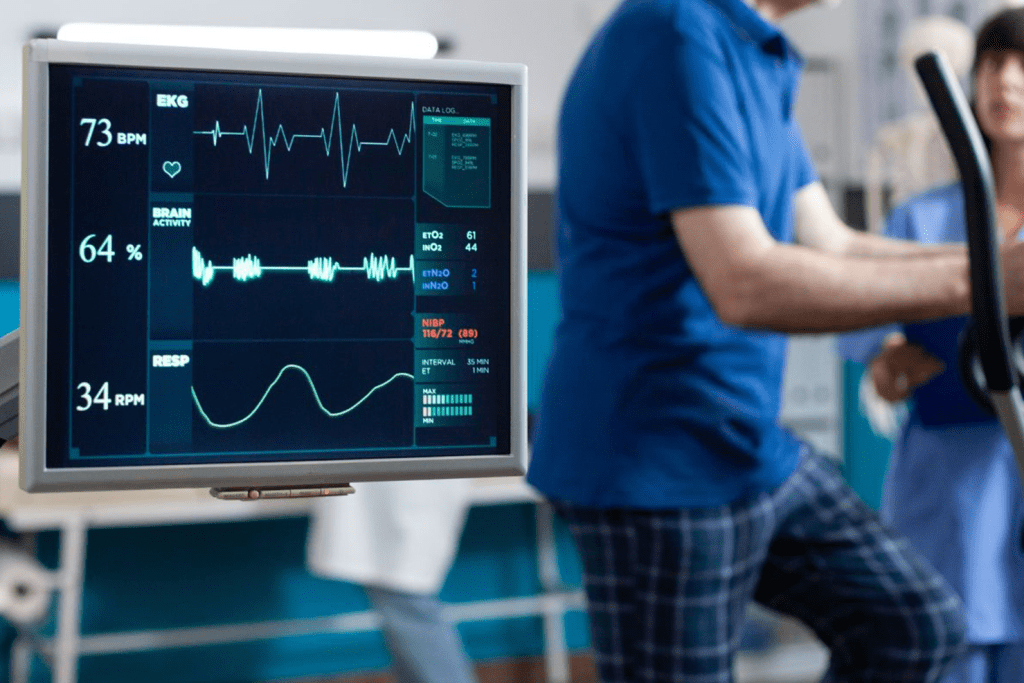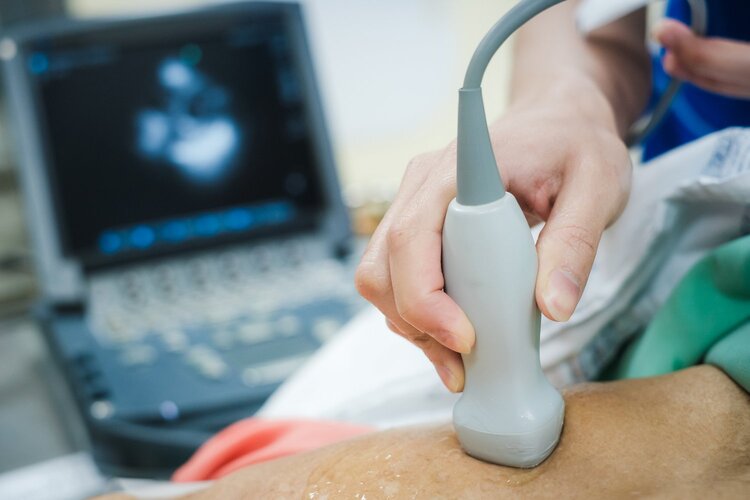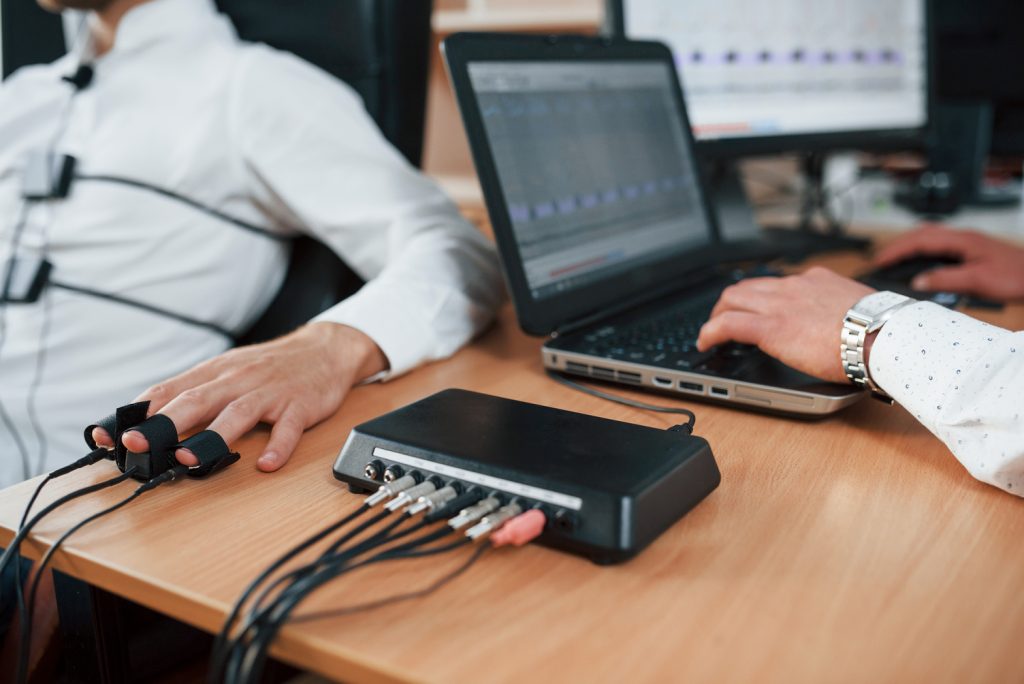Providing Affordable Quality Healthcare since 1904
Providing affordable quality healthcare is the social mission of Perak Community Specialist Hospital (PCSH). As a community hospital established in 1904, this value was practiced throughout the years to provide quality care to all patients.
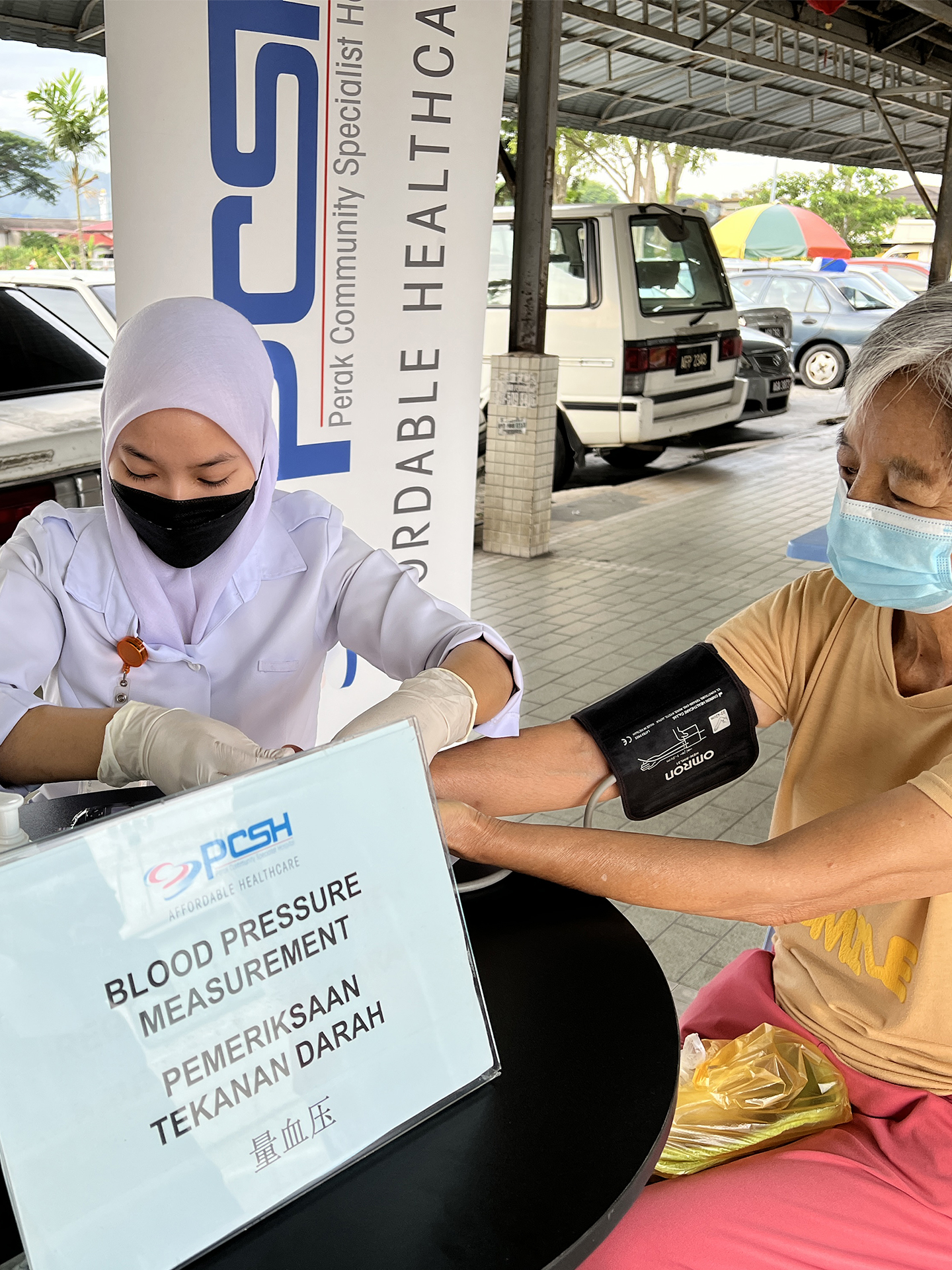
Patient &Visitors
Helpful Link
Facilities &Services
Contact Us
Address :
No. 277, Jalan Raja Permaisuri Bainun,
30250 Ipoh, Perak Darul Ridzuan.
Phone :
+605 – 241 9000
Fax :
+605 – 255 4288
+6016 – 523 9000
Ambulance Hotline :
+605-246 1977

